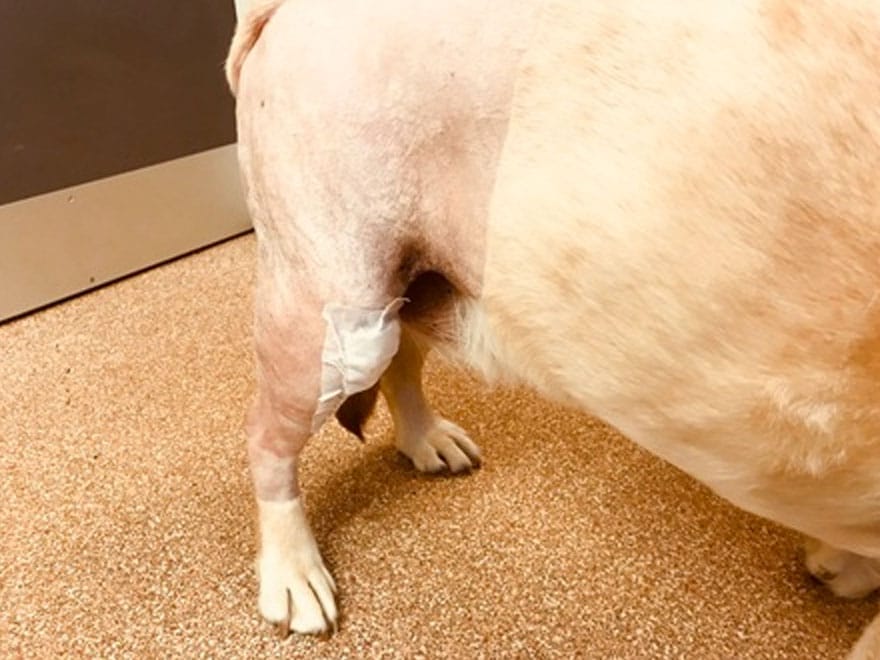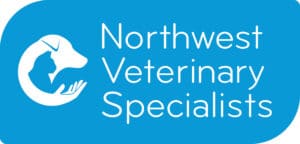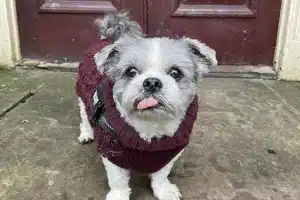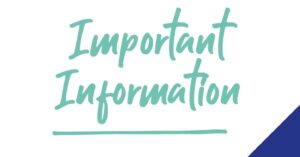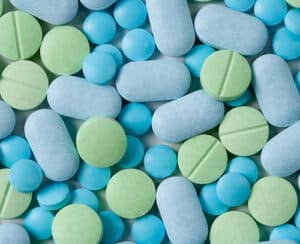Cranial cruciate ligament disease – how physiotherapy can help?
13 May 2020 / General
The cruciate ligaments in a dogs stifle (knee) provide stability to the joint. Injury to the cranial cruciate ligament (CCL) is one of the most common orthopaedic conditions seen in dogs. Unlike in people, whose injuries to their ACL (equivalent of CCL) are usually traumatic in nature, CCL rupture in dogs mostly occurs as a result of degeneration of the ligament over time. The medial meniscus is also frequently injured when there is a rupture of the CCL due to subluxation of the joint.
Commonly, surgical intervention is required to restore stability to the joint. There are varying cruciate surgical techniques and your orthopaedic specialist will discuss the technique they feel is most appropriate for your dog.
Although your dog will likely return to using the affected leg after surgery, even without physiotherapy, they are likely to achieve better outcomes following physiotherapy intervention. Physiotherapy has been shown to reduce muscle soreness/spasms, improve joint range of movement (ROM), and improve weight-bearing and overall joint function following surgery. There have been studies that also show thigh circumference returns to normal (compared to the other non-affected leg) following physiotherapy, compared to those who did not receive physiotherapy and therefore had a significantly reduced thigh circumference.
In the initial rehab period after cruciate surgery the aim is to control inflammation/pain and maintain joint ROM. Alongside any nonsteroidal anti-inflammatories and analgesic medications prescribed by the treating clinical, cryotherapy (cold) may be used together with passive ROM mobilisations. Passive ROM mobilisations are where the joint is moved for the dog rather than the movement requiring any muscle effort. These are effective at maintaining joint ROM and have been shown to help reduce pain and inflammation; however they need to be performed in a controlled manner.
Loss of muscle mass following cruciate rupture and surgery is inevitable. Physiotherapy can help your dog to slowly regain this muscle strength in a progressive manner that does not overload the joint or any surgery site. Progressively increasing leads walks are likely to be advised that initially allow your dog enough time to heal but without causing excessive disuse muscle atrophy.
We can use a variety of exercises to help strengthen your dogs legs such as side to side weight transfers, sit to stand repetitions (doggy squats!), balancing on unstable surfaces, steps/stairs (in a controlled manner) and raised poles. These exercises will be prescribed at an appropriate time in the recovery phase and will be progressed as required.
The aim of any physiotherapy intervention is to help your dog achieve the best possible recovery and outcomes to allow them to get back to all the things they love to do after cruciate surgery. If your dog is about to undergo surgery for cruciate rupture please discuss post-operative rehabilitation with your treating clinician or get in touch for more information.
Physiotherapy is an integral part of human healthcare and rehabilitation and the benefits are well documented. Our physiotherapist Lauren Bate is a mamber of ACPAT – the Association of Chartered Physiotherapists in animal therapy. In order be a member of ACPAT you must first complete a BSc (minimum 3 yrs) in Physiotherapy for people and therefore become a Chartered Physiotherapist.
As part of this initial training a minimum of 1000hrs of clinical placement must be completed in order to gain registration to HCPC (health and care professions council – regulatory body). There is a large focus on clinical reasoning and patient specific care/programmes.
To then upgrade to ACPAT “Cat. A” status, further training to PGDip/MSc level (minimum 2 yrs) is required. These courses help the students to transfer their knowledge of anatomy, physiology and rehabilitation (including knowledge of orthopaedics, neurology, critical/respiratory care) to the veterinary field, as well as further training in specific veterinary issues.
The intensive regulation of Chartered Physiotherapists in the human field is continued with comparable standards required by ACPAT. All ACPAT physiotherapists must continue to meet the highest standards of CPD and be able to prove they are providing Gold Standard care.
